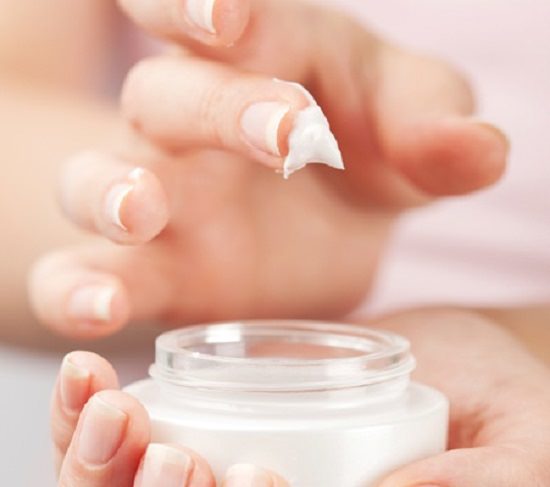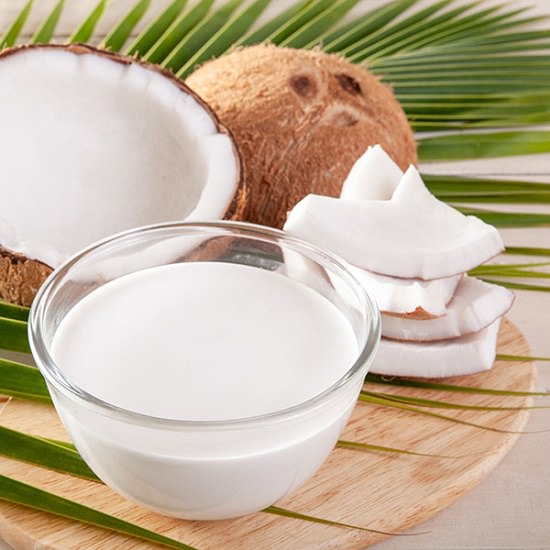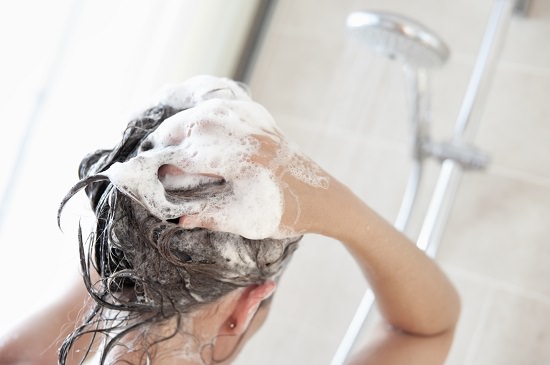Is Stearalkonium Chloride Bad for Hair? Learn everything about Stearalkonium and whether or not it is safe for you in this article!

The cosmetic industry is continuously growing owing to the demand for newer skin and hair products. Research in this sphere has led to the discovery of new chemicals. However, their use in these products has both beneficial and detrimental effects. One such chemical is Stearalkonium chloride, a cationic ammonium salt derived from stearic acid, a fatty acid found in plants and animals.
Stearalkonium chloride is a ‘positively charged salt that attracts and binds the negatively charged proteins.’ It was initially famous as a fabric softener in the fabric industry. Consecutively, industries began to use it in hair care products as it is a cheaper alternative to expensive natural hair conditioners. Hair products like rinses, conditioners, hair setting lotions, and bleaches contain it and it is also popular as an anti-static agent and a surfactant. Its antimicrobial properties make it a good preservative too. It softens and conditions hair and adds shine to it, helping to maintain tangle-free hair. Regulatory bodies approve it for use in hair products in small concentrations. This is because small concentrations are non-toxic and safe for use.
Is Stearalkonium chloride safe for use on hair?

Stearalkonium chloride is safe for use in the concentration specified, between 0.1 % and 5%. Animal studies have shown that it causes skin and eye irritation in higher concentrations (25% in solution). Some animal studies show skin irritation and sense organ effects when used around the eyes, lips, and mouth.
According to the Cosmetics Database, it is a low hazard ingredient that raises concerns regarding organ system toxicity and irritation. A peer-reviewed publication, Reproductive toxicology( Elmsford NY), states that the chemical compound decreases fertility in mice. In higher concentrations, it also has adverse effects on the nervous system. Moreover, long term use can potentially make your hair brittle and dry.
Studies show that concentrations of 25% stearalkonium chloride produce severe eye irritation in rabbits, according to the International Journal of Toxicology. Hence, presently allowed concentrations in hair products are safe. Though touted as safe in limited concentrations, the potential harm that stearalkonium chloride can cause makes you ponder if there are safer alternatives.
Cheap and readily available options to condition your hair include bananas, gooseberry, hibiscus petals, avocados, coconut oil, coconut milk, aloe Vera, jojoba oil, and yogurt, to name a few. Here are a few recipes to make your own shampoo/conditioner at home.
1. DIY Shampoo

Ingredients
- 1/2 cup coconut milk
- 2/3 cup pure olive oil liquid soap
- 30 drops jasmine essential oil
- 2 tsp extra virgin olive oil
Directions
Combine all the ingredients in an empty shampoo bottle and shake it well before using it. You can use apple cider vinegar diluted in water for a final rinse after using this shampoo but that might leave a pungent smell behind. The shelf life of this shampoo is two months.
2. Hair Shine Shampoo
Ingredients
- 1/4 cup distilled water
- 1/4 cup liquid olive oil or Castile soap
- 1 tsp glycerin
- 1/4 Cup Aloe Vera Gel
- 1/4 tsp avocado oil
Directions
Mix all the ingredients in a bowl and add it into a shampoo bottle. Apply on the hair and leave it on for about 20 minutes. Then wash off with water. Remeber to shake it well before using it everytime so that the oils don’t settle at the bottom.
3. Conditioning and Nourishing Shampoo

Ingredients
- 1/4 cup distilled water
- 1/4 cup liquid Castile soap
- 2 tsp jojoba oil
- 10 drops coconut oil
Directions
Mix all the ingredients and store in a bottle. Apply it on your scalp and rinse your hair after using it.
By making and using homemade products, you remain aware and control the ingredients and their purity. Using natural products reduces the risk of harmful side effects and is, more often than not, economical.
